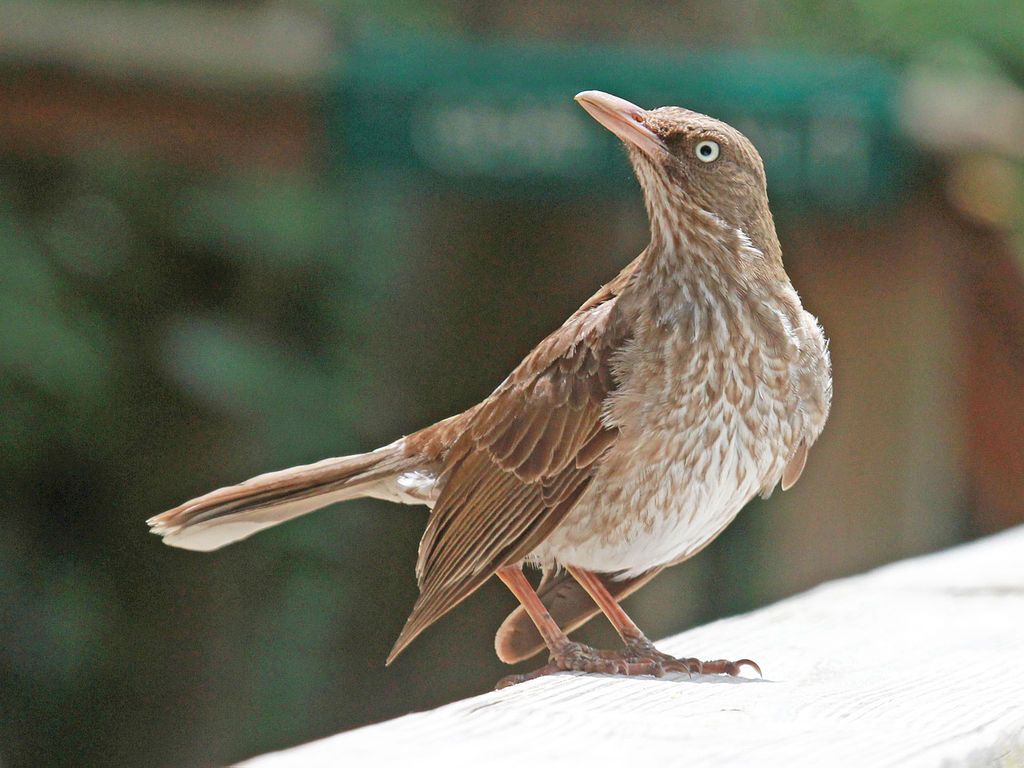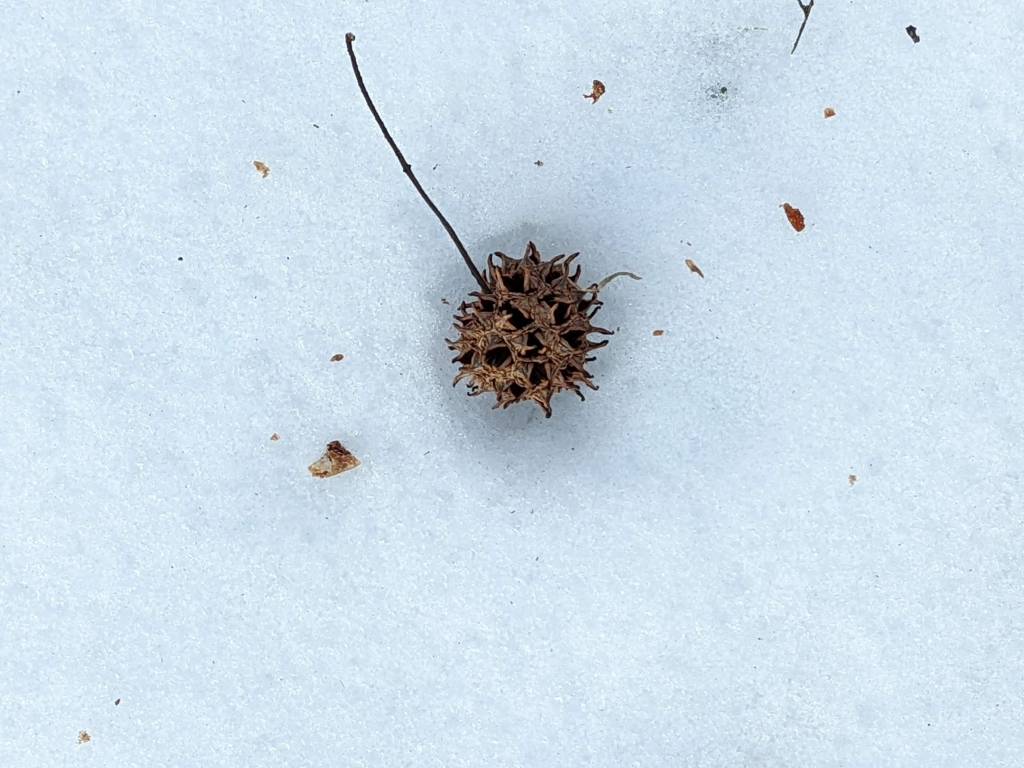
5 December 2022
For the past several years I’ve counted Pittsburgh’s winter crow flock for the Christmas Bird Count. Some years I’ve counted as many as 20,000 but last year was a bust. Steady rain, fog, and the fact that the crows moved their roost just before the CBC meant I counted only 220. Aaarrg!
I will not be foiled again this year but I need your help. Where are the crows settling for the night? If you know where they are overnight or after sunset, leave a comment to let me know.
I say “overnight or after sunset” because crows make a big noisy deal out of gathering in large numbers on their way to the roost. Hundreds stage at the tops of trees and shout as more come in. When the sky darkens, they fall silent and leave. For where? That’s the question!

Last weekend I tried to find them. By 5:00pm on Saturday 3 December I was sure I’d found the roost by watching from Mt Washington at the Mon Incline (my vantage point is the pink V on the map below). Crows staged in the trees in The Saddle on Sycamore Street, then left for a tree-filled hillside near Kirkpatrick Street below Oak Hill, marked in yellow 12/3/22. I counted about 7,500.
Yesterday I went back to Mt. Washington, confident they’d do the same thing and I was wrong! They didn’t gather in the The Saddle; they didn’t roost at Kirkpatrick. Instead they gathered in the Hill District above Bigelow Boulevard. I could barely count 2,000. As I drove home I saw thousands over Bigelow Boulevard but couldn’t count while driving. Aaarrg! My guess at their location is marked in yellow 12/4/22.
Did they end up near Heinz Lofts along the Allegheny River or on Troy Hill as they did a few years ago? (See orange blocks and question mark.)

This year Claire Staples and I will count crows together for the CBC on 31 December but I fear the crows will foil us again.
Do you know where the crows are overnight or after sunset in Pittsburgh? If so, please leave a comment with your answer. (We will need this info especially during the week after Christmas.)
p.s. This weekend’s location change can probably be attributed to the weather. Strong west wind vs. weak southwest wind.
- Sat 3 Dec 5pm: 43 degrees F. West wind gusting over 30 mph. Temperature falling.
- Sun 4 Dec 5pm: 36 degrees F. SW wind at 6 mph. No wind chill.
(photo and map credits are in the captions; click on the captions to see the originals)






















